
On 24 May 2024, I took a train fromZhengzhou East Station to Handan East Station (0853/0937). I just thought, well let me visit some places on my way back to Beijing and Handan seemed a good place to visit with a long history.
Handan is a prefecture-level city under thejurisdiction of Hebei Province, located in the southern part of Hebei Province.It is an important industrial base and a famous national historical andcultural city. Handan has a long history with a history of more than 3,000years of city construction, and it is one of the important birthplaces ofChinese civilization. It was once the capital of the State of Zhao, leaving behind many cultural heritages and historical sites, such as the GuangfuAncient City and the Wu’s Great Courtyard.
Handan is known as the "City of Idiomsand Allusions" in China. We all know the idiom "imitating others inHandan(邯郸) and losing ones own gait" (literallymeans "learning to walk in Handan and forgetting how to walkoneself"), but I didnt expect that so many other idioms also originated from Handan.
Upon arrival at Handan East, I took a bus and then changed to another one that goes to Guangfu Ancient City. The trip was about an hour. Again, like other Chinese cities, the streets are green.
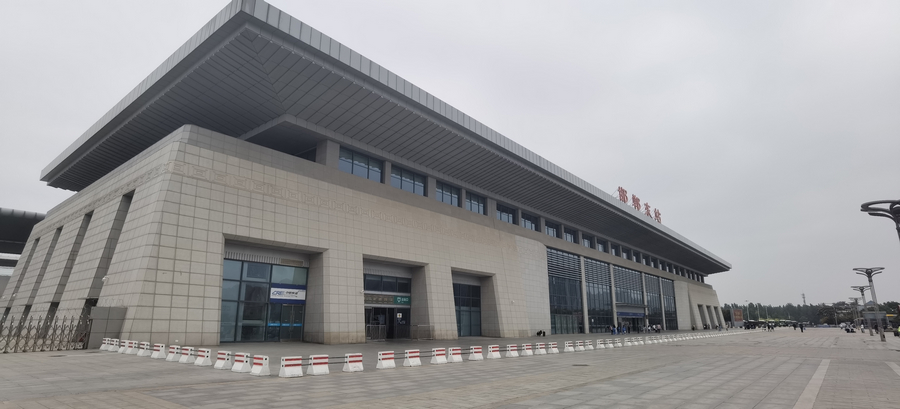
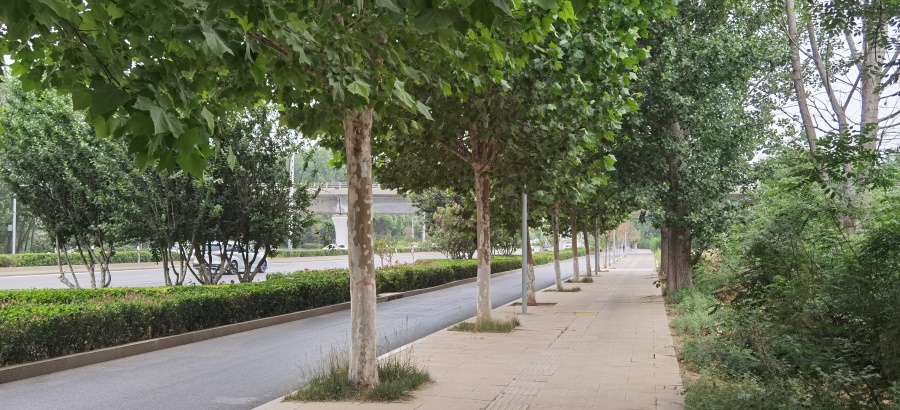
Handan Guangfu Ancient City, also known as Yongnian City, is located on the northeast side of Handan City, Hebei Province, about 20 kilometers away from the urban area of Handan. It is an ancient city with a history of over 2600 years, which was originally built during the Spring and Autumn period as the Quliang City of the State of Jin. The ancient city is located in the central part of Yongnian Depression on the banks of the Fuyang River, making it the only dryland water city in northern China.
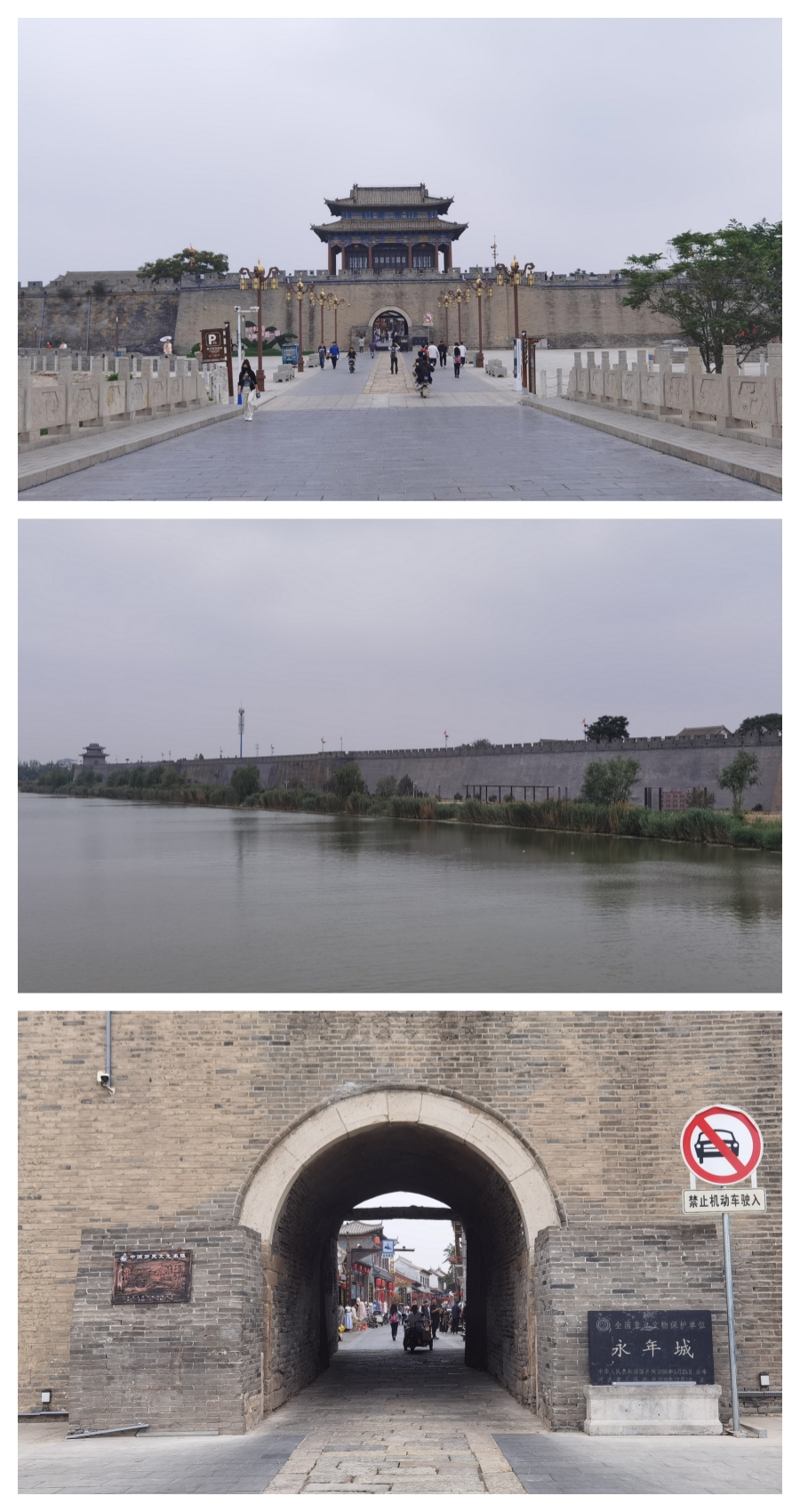

The ancient city is surrounded by a moat that is 5 kilometers long and 100 meters wide. The water in Yongnian Depression is perennial, and together with the lush reeds and fish and shrimp, it forms a harmonious picture.
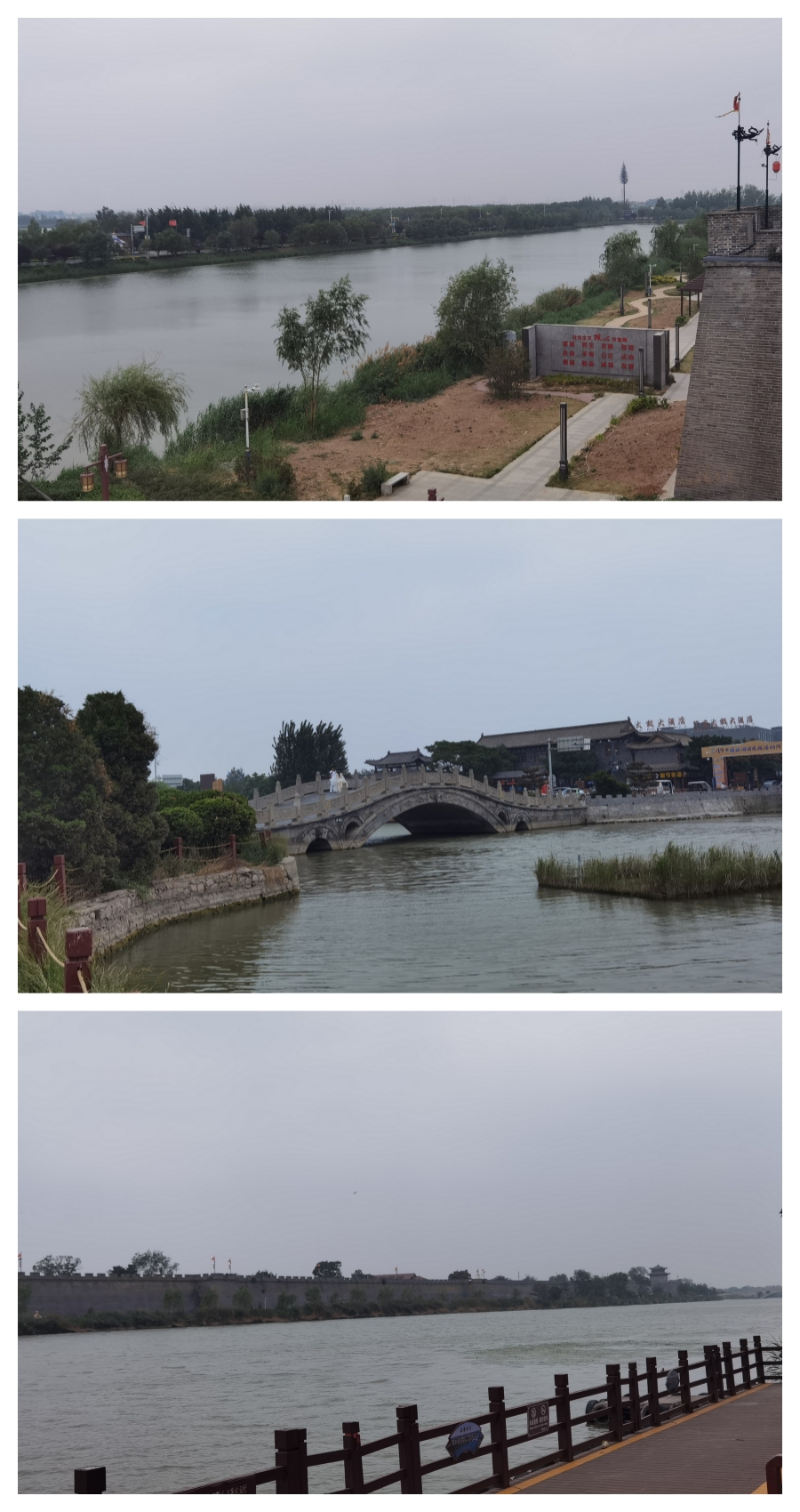
The city wall of Guangfu Ancient City is4.5 kilometers long, and the area inside the city is 1.5 square kilometers.Visitors can walk on the ancient city wall and overlook the surrounding moatand the scenery of the city.
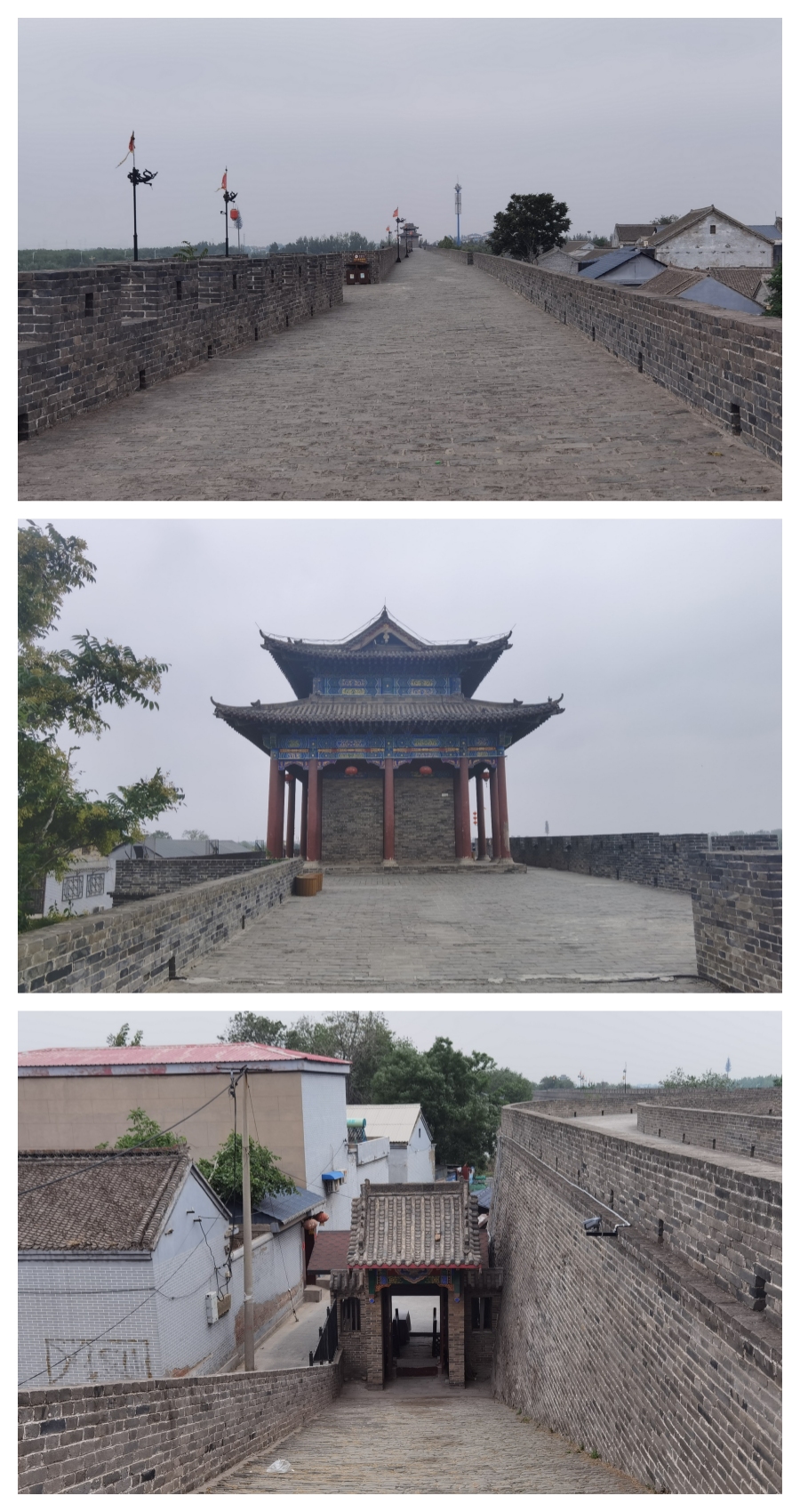
The traditional architectural style in the ancient city is well preserved, with most houses featuring a single floor and a yard adorned with gray tiles. It feels as though they have stood this way formany years.

Then I left the wall to take a walk in the city.
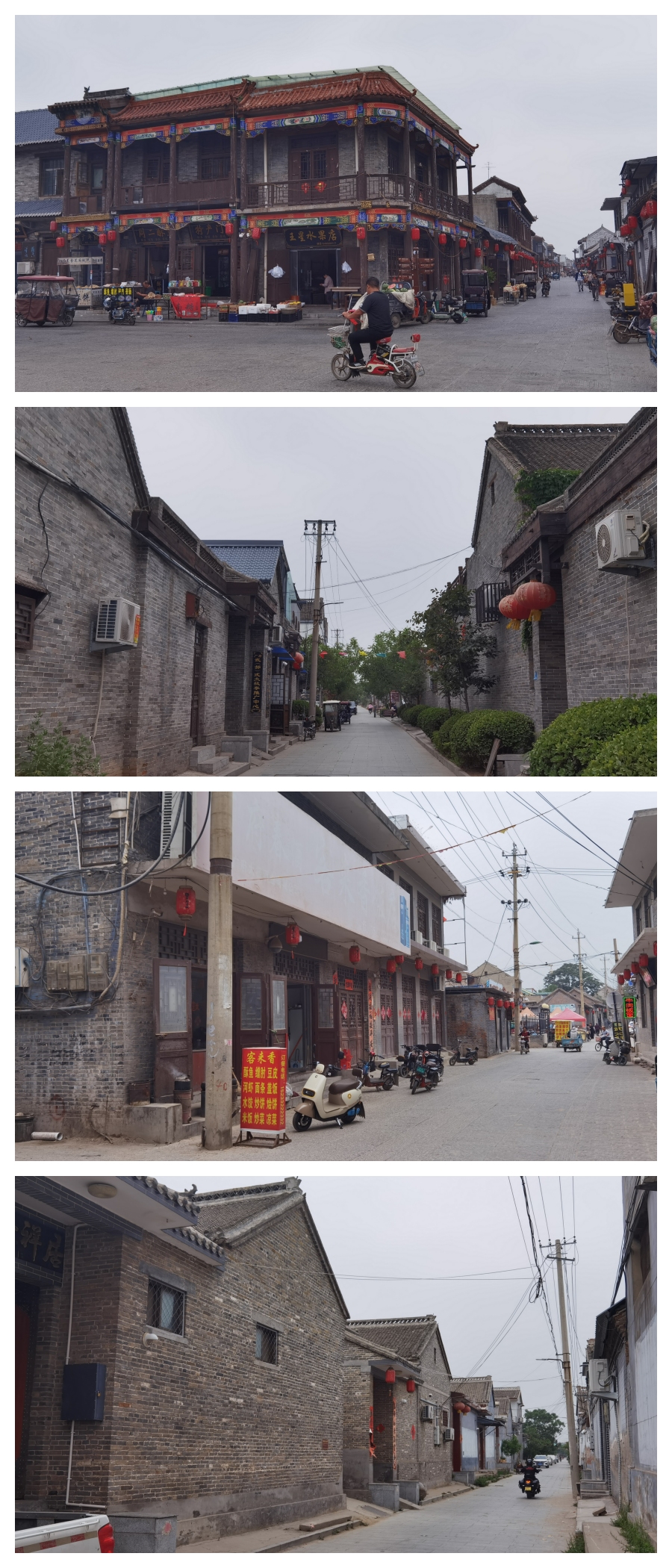
I visited the The Guangfu Chenghuang Temple which was built for the purpose of worshipping and offering sacrifices to the Town God (Chenghuang Shen). It is a small one, originally built more than 600hundred years ago. It is interesting that there are several shrines/altars conducting worship services at the same time.
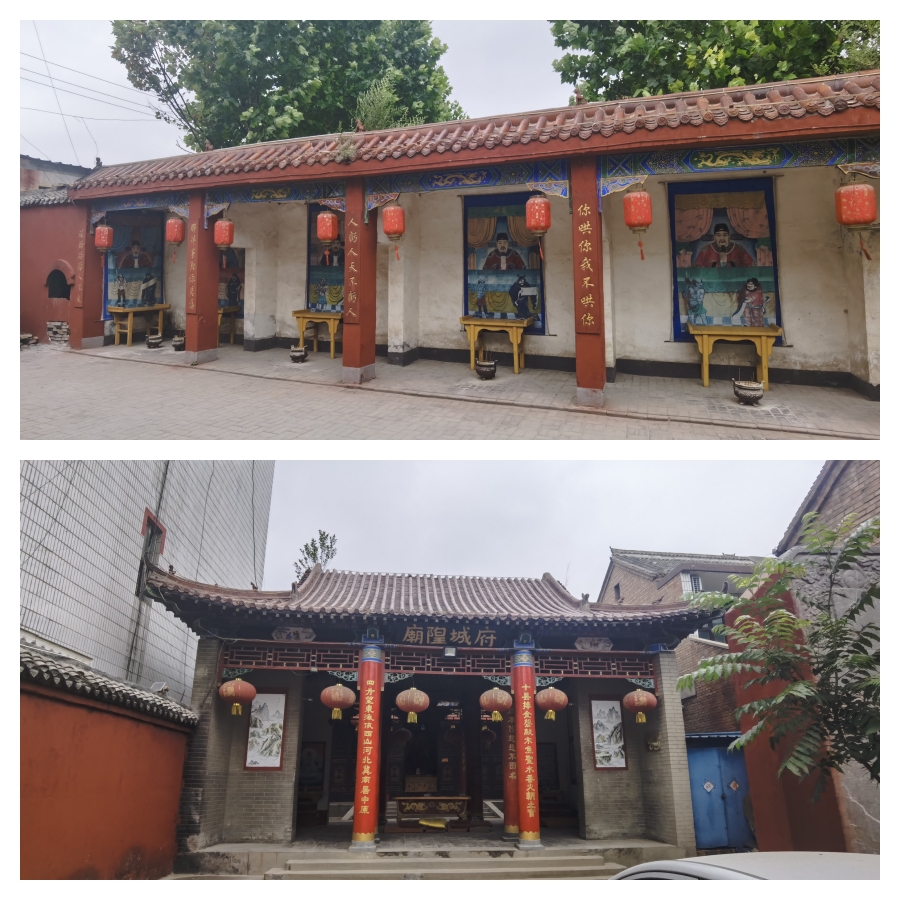
The Guangping Prefecture Office wasoriginally built in the 8th year of the Hongwu reign of the Ming Dynasty (1375)and was reconstructed at its original site in 2012, opening to the public in 2018. It is one of the large and well-preserved ancient yamens (governmentoffices) and is worth a visit.
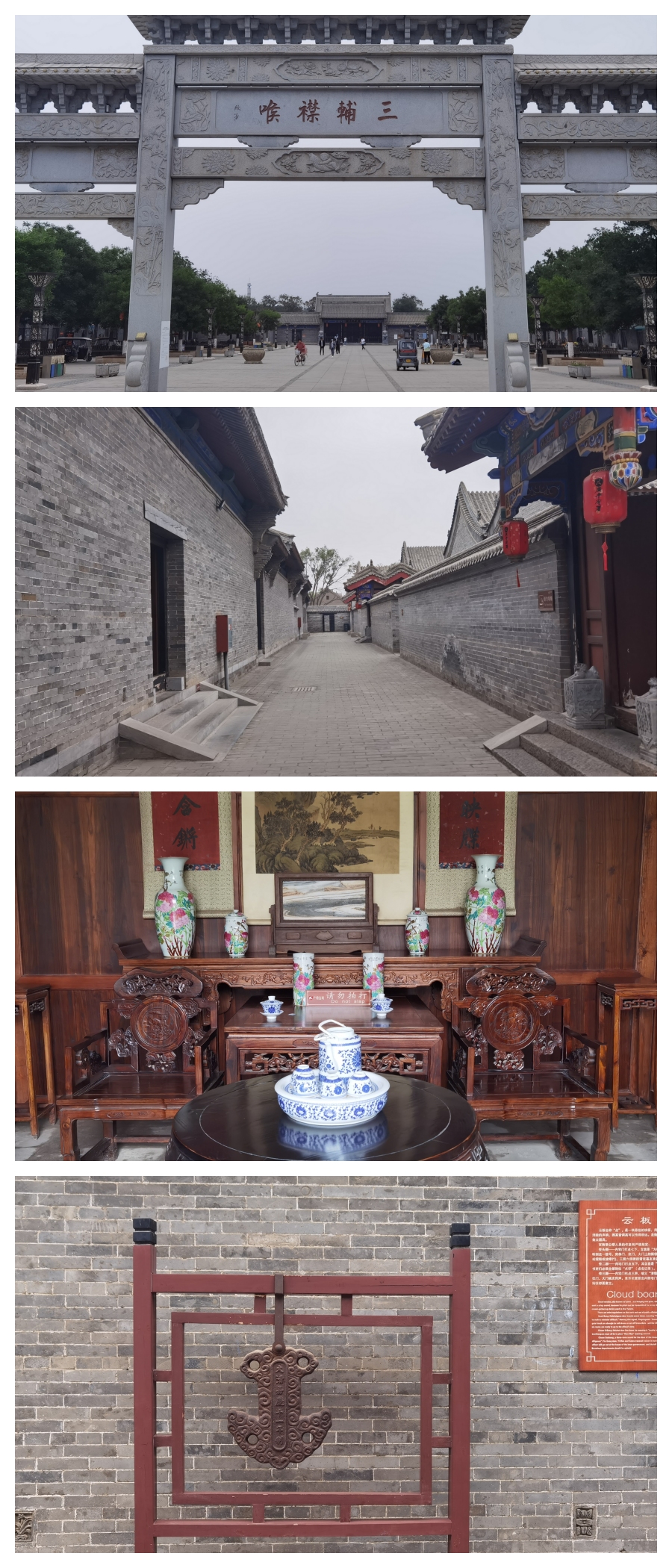
It was the first time I learned that thereis a Goddess who protects officials and blesses them with a smooth andprosperous official career, and she is worshipped in a hall located in the backyard of the office yard.
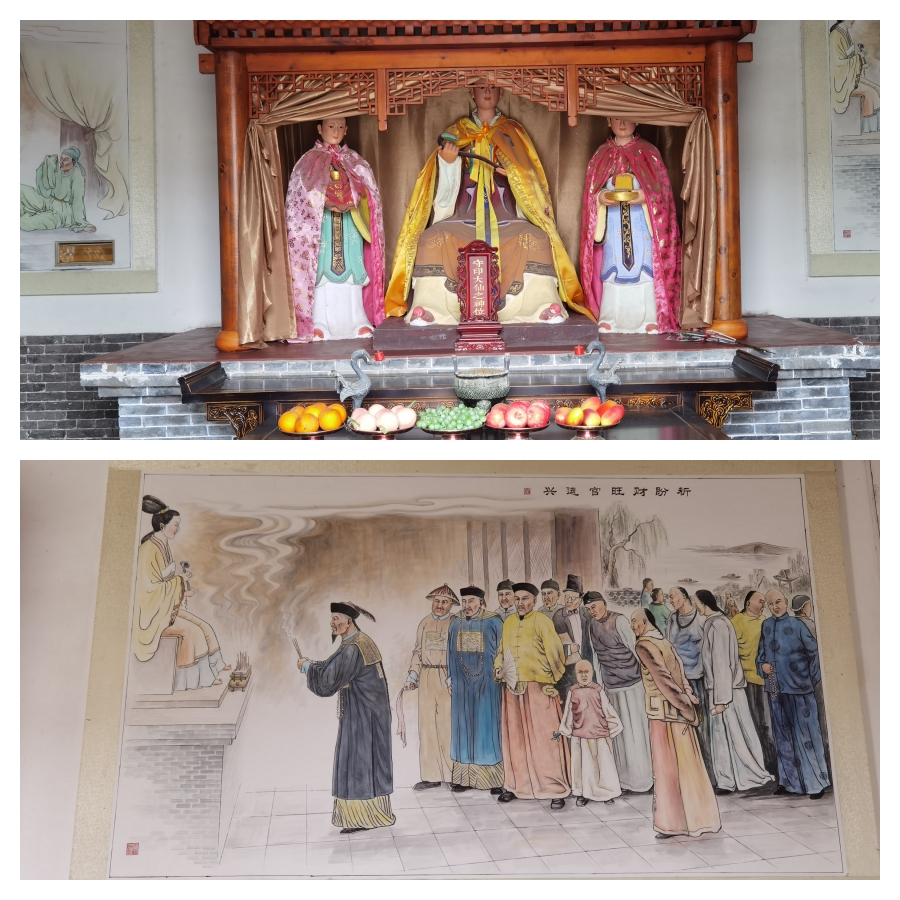
After coming out of the Office, I enjoyedthe local snacks: Soft Crispy Fish(all bones can be eaten), Zeng Pork Elbow,and Shaobing(baked pancake). I like Shaobing best. It is very fragrant, soft,and hot.

Then I visited the Wu’s Great Courtyard,also known as Wu Ruqings Former Residence. Constructed during the Daoguangperiod of the Qing Dynasty (1821-1824), it is a south-facing architectural complex that spans approximately 11,300 square meters. Its layout featuressouthern, northern, and central axes, encompassing three main courtyards alonga north-south axis and lateral courts running east-west. As a well-preserved ancient architectural complex, it holds significant historical and culturalartistic value. The Former Residence is recognized as one of the key cultural heritage sites in Hebei province.
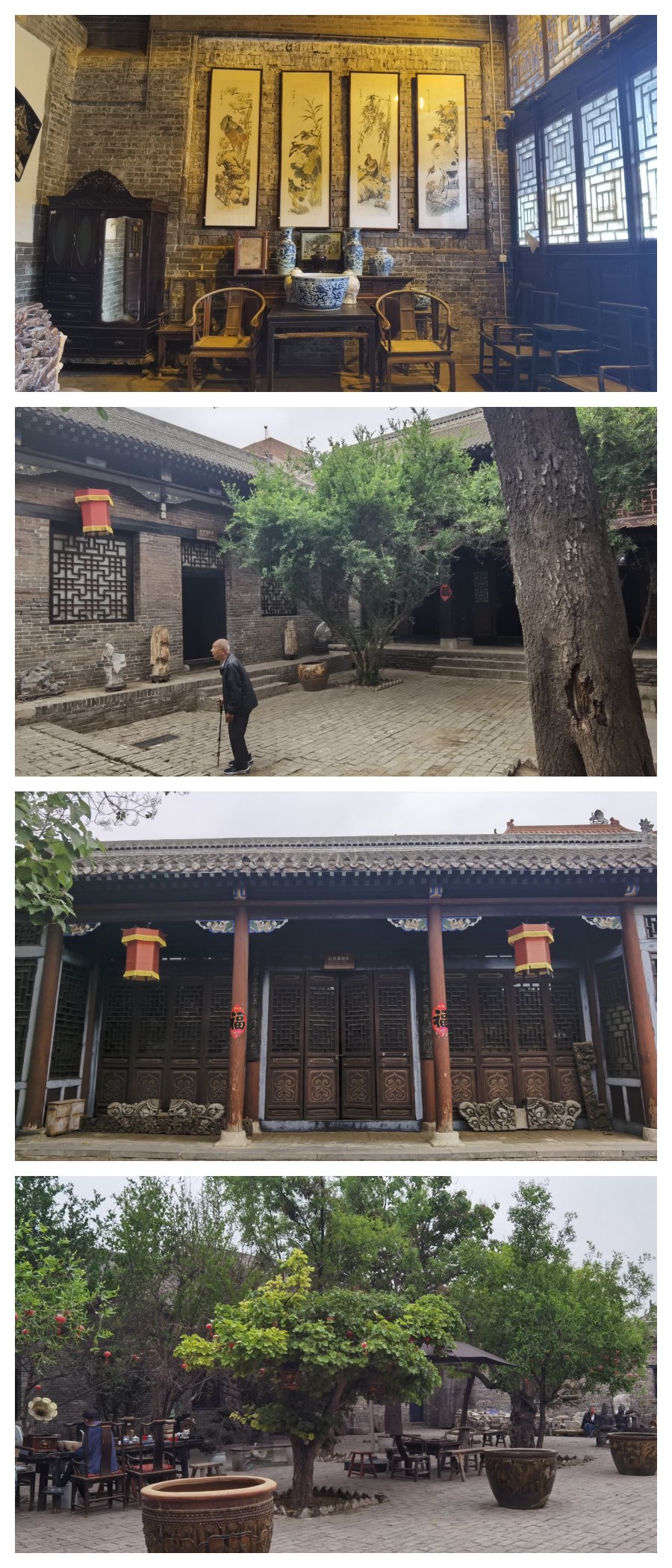
I was amazed by the many paintings and decorations that were casually placed everywhere.

There are many shops that sell traditional Chinese costumes in the city, and I saw some people taking pictures in them.

Then it was time to say goodbye to thecity. I took the train Handan East to Shijiazhuang (17:08/17:40) and was going to stay overnight in Shijiazhuang.

It was quite a rich one-day experience in Handan, and I recommended it to my friends in Zhengzhou immediately. If you are like me, traveling from the south to Beijing and having a lot of time in China, why not take a stop here?
Yours Truly
Angie Guo - Charmission Travel
